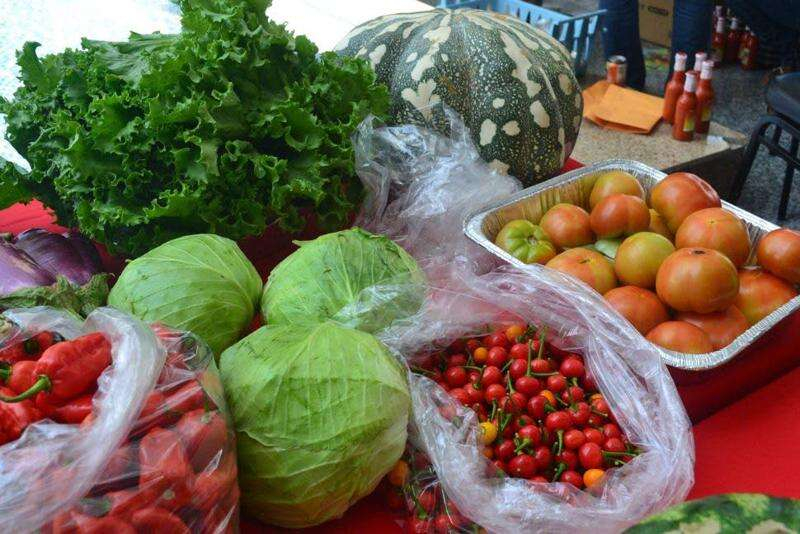INCREASED yields backed by the recovery of tourism saw the agriculture, forestry and fisheries industry leading the performance for estimated out-turns in the goods-producing industry during the just-concluded July-September quarter.
According to preliminary estimates provided by the Planning Institute of Jamaica (PIOJ) on Wednesday, out-turns from one of the main sectors responsible for feeding the country saw increases in real value-added of approximately 15.4 per cent for the quarter, expanding on the growth momentum seen since the start of this year. The performance also more than doubled the 7.3 per cent it delivered for the corresponding period of 2021.
The agriculture sector, for the first nine months of 2022, is also projected to have increased by 9.8 per cent, adding to the near 1.0 per cent growth estimated for the goods-producing industry.
Director general of the PIOJ Dr Wayne Henry, in an economic assessment of the three-month period, attributed the growth in agriculture to increased supply stemming from higher demands, particularly from the hotels and restaurants industry which for the same quarter increased by 29.6 per cent.
"Also contributing to the improved out-turn was an expansion in the hectares of domestic crops reaped, and improved productivity reflected in increased output per hectare. The industry's performance was driven by higher output in all sub-components of the industry, with the exception of post-harvest activities," Henry said.
President of the Jamaica Manufacturers and Exporters Association (JMEA) John Mahfood, commenting on the data, agreed that agriculture and manufacturing, both a part of the productive sector, in recent times continue to benefit from the rebound of tourism, now touted to be back at pre-COVID-19 levels.
"When the hotels experience increased occupancy levels that also helps to drive manufacturing as companies which supply the hotels, such as Red Stripe, Wisynco, Wray and Nephew and all the other support services including agriculture, largely benefit from the linkages," he told said.
"If everything continues as it has been for much of this year we could see further improvements in growth going into next year," he said, though tempering his projection against risks including rising inflation and interest rates, economic turmoil in the US, and continued supply chain disruptions linked to geopolitical tensions between Russia and Ukraine.
To push growth even further, Mahfood cited export as the next big area in which he believes both industries should seek to extend their reach.
"I know that we will not master this overnight but I certainly hope that we will see at least 5-8 per cent increase in exports as we go along," he said.
According to international merchandise trade data from the Statistical Institute of Jamaica (Statin), though domestic exports fell by 4.7 per cent to total US$767 million between January-July of this year, exports from the manufacturing industry increased by 31 per cent, due mainly to increases in earnings from the 'Other Manufactured Products' subgroup.
Export earnings from the agriculture industry also went up by 3.3 per cent, totalling US$46 million for the six-month period.
"Higher exports of 'Coffee', 'Herbs and Spices' and 'Other Fruits and Beverage Crops' were the main contributing subgroups," the trade data further highlighted.
Concerning the production of agricultural crops, higher production in all nine crop groups, up 16 per cent, positively contributed to the results, with the largest increases recorded for plantains (up 21.9 per cent), fruits (up 20.8 per cent), yams (up 19.1 per cent) and vegetables (up 18.5 per cent).
Higher output for "traditional export crops" such as banana and sugar cane also exceeded production when compared to none during the corresponding quarter of last year. For the period, animal farming was also estimated to have increased by 22.2 per cent due to higher broiler meat and egg production. The production of eggs, which increased by over 6 per cent, amounted to 59 million.
The manufacturing industry, which also supported a 3.2 per cent growth in the goods-producing industry, registered increases of 3.5 per cent between July-September. The two other sub-industries of mining and construction, however, returned negative performances after decreases of 30.4 per cent and 2.2 per cent, respectively, due to reduced activities.

